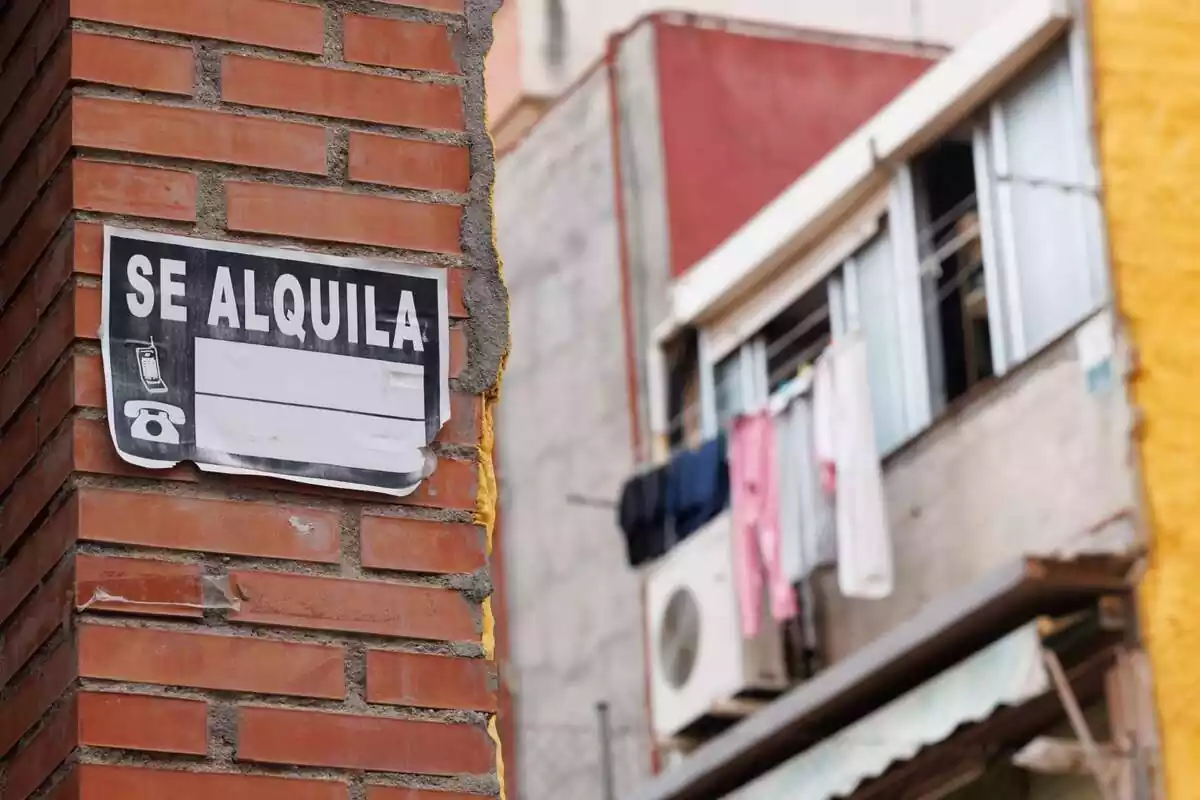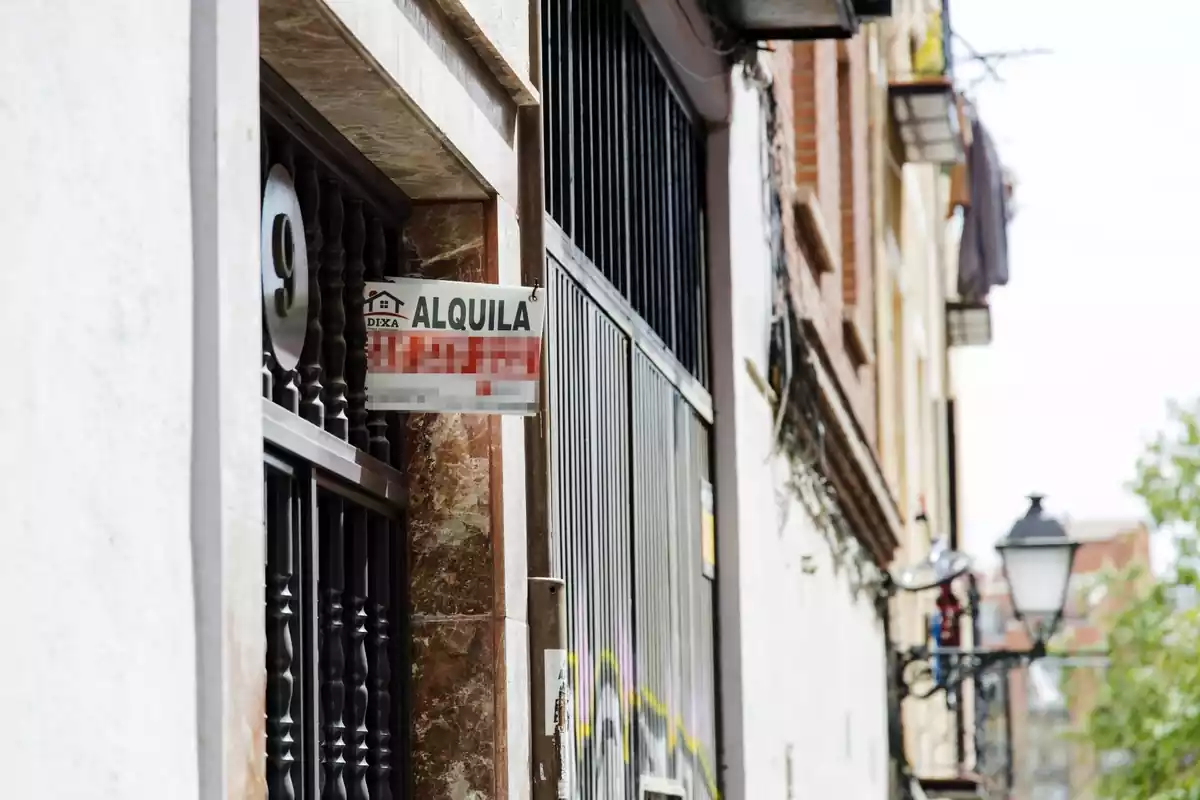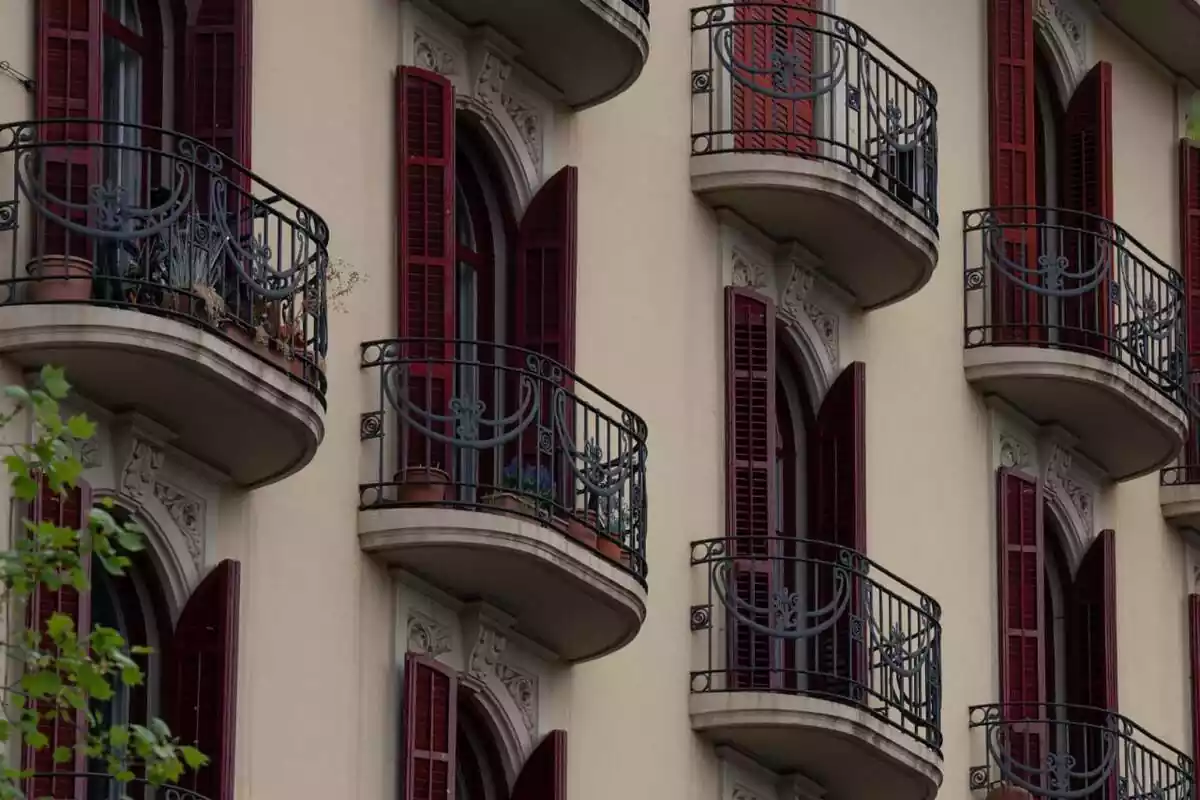
Interventionism takes its toll on Catalonia: rental supply drops by 50%
It is impossible to lower housing prices with current demand levels, that is, immigration
At least since the beginning of last year, E-Notícies has been reporting that real estate interventionism is not only inconvenient but also counterproductive. Economists agree on one thing: real estate regulation doesn't work. Furthermore, in Catalonia, there is no excuse because there were already serious analyses - published by ESADE - about the failure of the 2021 regional law.
Now, with enough time to see the results of the implementation of the national law, the data confirm what was always obvious. Interventionism in a context of excess demand (that is, population concentration via immigration) devours supply. This time, the source is a report from Universidad de las Hespérides, titled The Rental Market Is Broken in Spain, and signed by Daniel Fernández Méndez:
No-surprise
According to the report, since 2019 there has been a 30% drop in rental supply throughout Spain. If one analyzes by regions, Catalonia once again has the dubious honor of being the worst. While in Madrid the drop has been 20%, in Catalonia there has been a huge 50% drop. In just five years, Catalonia has wiped out half of its rental housing stock.

"Given the shortage of rental housing supply, and as is natural, rental prices have skyrocketed," the report notes. This explains why Barcelona has the most expensive rent in Spain. Although more interesting is what has also been previously reported in E-Notícies: the flight of supply to unregulated segments.
What does this mean? It means something as simple as owners have been moving supply among different rental categories to circumvent regulation. First it was temporary rentals and then room rentals. As was highly predictable, this flow of supply has been driving up prices in each segment. This is why the average price of a room in Barcelona is €620.
Another indicator that a market (any market) is under too much regulatory pressure is the existence of informal dynamics. That is, black market. In Catalonia, we've already started to see it: fake payslips, invented employment histories, and people who charge for making all these documents.
Meanwhile, the narrative that the blame lies with the "big landlords" or "tourist apartments" is simply unsustainable. The reason is that they don't have enough control over supply (what's known as "market power") to distort the price. Regarding tourist apartments, for example, the report is crystal clear.
"In Barcelona, restrictions on the tourist housing market in recent years have had zero effectiveness in fighting the price surge." If we look at the Canary Islands, the region with the most tourist apartments, the result is the same. "In the Canary Islands, the Autonomous Community with the largest amount of tourist housing, the relationship between the growth of vacation housing and the growth of housing prices at the municipal level is practically zero."

What will happen?
Nothing, nothing will happen. As long as population keeps accumulating and there isn't a sharp increase in supply, prices won't go down. The disproportion between supply and demand is so great that social housing arrives late. In general, any solution that involves an increase in supply arrives late.
The regional registry puts the number of social housing applications at almost 93,000. To satisfy just the registry, nearly 21,000 homes would have to be built annually until 2037. Currently, just under 1,200 are built per year. Not to mention the limitation of land. In Barcelona, for example, there is a land shortage equivalent to 186,000 homes.
Meanwhile, population concentration not only doesn't stop, but increases. In 2023, 110,268 new people arrived, and in 2024, 96,309. If one annualizes the ratio, Catalonia gains about 100,000 inhabitants per year. If the construction of supply also had to satisfy these flows, we'd be facing a real estate market of enormous proportions.
More posts: